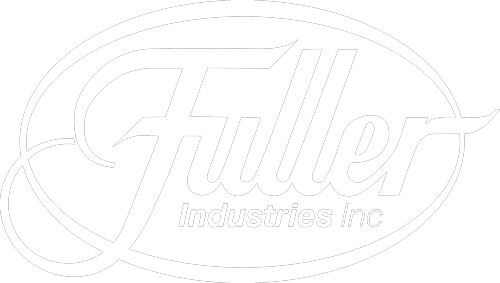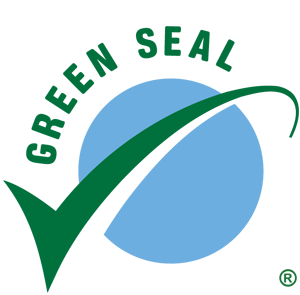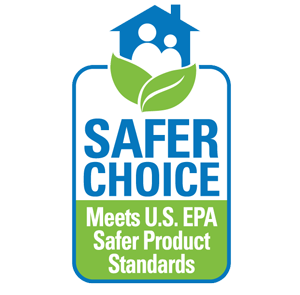Fuller Industries manufactures a range of commercial cleaning chemicals and tools with a specific selection designed to make cleaning a cafeteria simple and efficient.
For best results, follow the instructions on the label for each product. Our training program seeks to give a solid base of information for any member of a janitorial or facilities maintenance staff member to build on with experience.
It’s important to follow the procedures given to you by your supervisor, since those steps are designed specifically for the job at hand.
Custodial staff are responsible for the cleanliness of the dining room area, the care, maintenance and stripping and refinishing of the floors, and cleaning the windows.
Our line of chemicals and tools are designed to aid in cleaning cafeterias. Our training imparts information gleaned over years of experience in manufacturing these chemicals and working with end users. When used as directed, our chemicals provide a safe and efficient solution for cleaning cafeterias.
NOTE: Food-service areas are typically cleaned by cafeteria staff using chemicals and equipment designed for the task. See our line of food-service cleaning supplies here.
Before beginning any cleaning procedure, it’s important for the cleaner to notify anyone in the area that the cleaning is about to begin.
The cleaner should gather personal protective equipment, including eye protection and gloves, and also gather together the required supplies and equipment for the job at hand.

Always follow manufacturer label instructions on any cleaning product.
Cafeterias require special attention due to the food debris as well as trash and containers that contain food residue, as they can attract pests. Making every effort to eliminate items that attract pests and vermin are critical to maintaining a healthy environment for everyone who uses or visits the cafeteria.
The cafeteria users should be asked to rinse out recyclable containers before placing them in the recycling bins.
Place wet-floor signs at all entrance doors. Remove all trash, and clean and disinfect trash receptacles and replace the liners.
Use a dust mop to sweep the floor and pick up the debris with a lobby broom and dustpan. Then use a damp mop to clean under the tables, along the baseboards, and any hard-to-reach areas.
Dining room tables should be removed three times a week to thoroughly clean the floors. Place a red pad on the automatic scrubber and use it clean the entire floor.
Clean door windows and disinfect water fountains and other high-touch areas, such as push plates and door knobs.
Clean and sanitize the floor daily, be sure to clean up all spills thoroughly, and follow safety procedures at all times.
On a weekly basis or as needed, the walls should be spot-cleaned, air-conditioning vents should be dusted, and the floors should be burnished following the proper floor-burnishing protocol.




